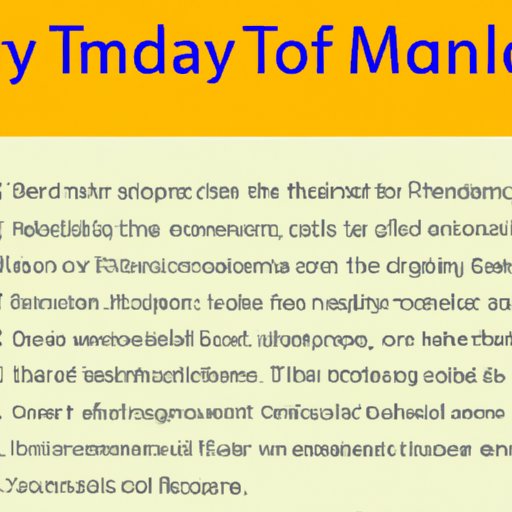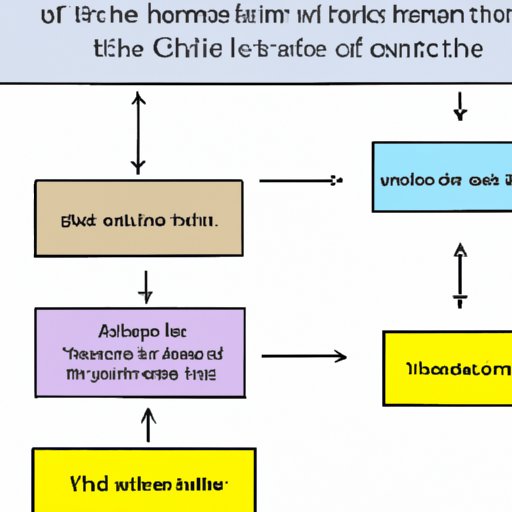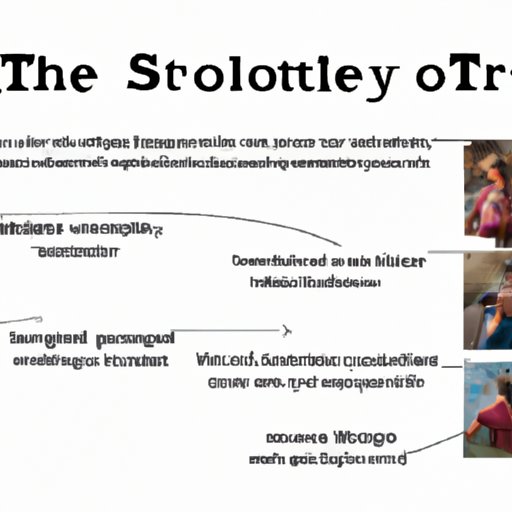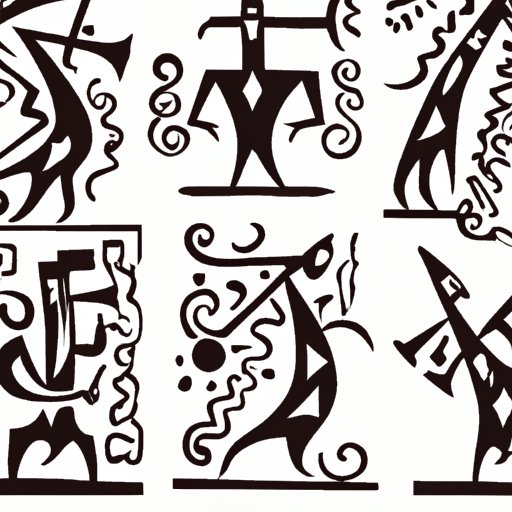Introduction
Motifs in literature are recurring images, ideas, symbols, or words that can be used to communicate a deeper meaning within a story. They are used by authors to create an atmosphere, evoke emotion, build suspense, and explore themes. In this article, we will explore what motifs are, how they are used, and provide examples of common motifs found in literature.
Exploring the Use and Meaning of Motifs in Literature
A motif is a recurring image, idea, symbol, or word used in literature to help convey a deeper meaning to the story. Motifs can be subtle or overt and often represent abstract concepts such as love, death, justice, and power. By repeating these motifs throughout a story, an author is able to create a sense of unity and add layers of meaning to their work.
Motifs are used to create meaning in a variety of ways. They can be used to create an atmosphere, evoke emotion, build suspense, and explore themes. For example, a motif of darkness may be used to suggest danger or foreshadow evil. Similarly, a motif of light may be used to represent hope or optimism. Motifs can also be used to develop characters, as the use of certain motifs can reveal information about a character’s personality or background.
There are many different types of motifs used in literature. Nature motifs, for example, often represent themes of life and death, while love motifs are often used to explore romantic relationships. Death motifs can be used to create a sense of dread or foreshadow a character’s fate. Light/dark motifs can be used to contrast good and evil, or to suggest an inner conflict within a character.

A Guide to Identifying and Analyzing Motifs in Literary Works
Identifying and analyzing motifs in literary works can be a challenging task. It is important to pay attention to the way in which motifs are used and how they interact with other elements of the story. Repetition is key when it comes to identifying motifs, as the same image, idea, symbol, or word should appear multiple times throughout the text.
Once you have identified a motif, it is important to examine the symbolism behind it. Ask yourself what this motif could be representing and how it relates to the themes of the story. Consider the context in which it is used and the emotions it evokes. By exploring the symbolism of a motif, you can gain a deeper understanding of its significance in the story.
It is also important to consider the techniques used to present a motif. Is it presented through dialogue, description, imagery, or other methods? How is the motif represented visually? Examining the techniques used to present a motif can help you better understand how it is used to create meaning in the story.

An Overview of How Motifs are Used in Fiction
Motifs are an essential tool for creating effective stories. They can be used to create suspense, tension, and atmosphere. For example, a motif of darkness can be used to suggest danger or foreshadow evil. Similarly, a motif of light can be used to represent hope or optimism.
Motifs can also be used to create a sense of unity within a story. By repeating certain images, ideas, symbols, or words, an author is able to tie together disparate elements and create a cohesive narrative. This can be particularly effective when exploring complex themes or developing characters.
Common techniques for using motifs in fiction include imagery, symbolism, and metaphor. Imagery involves the use of vivid descriptions to evoke emotion or set the scene. Symbolism involves the use of objects or images to represent abstract concepts. Metaphor involves the comparison of two unrelated things to create a deeper meaning.

Examining the Role of Motifs in Storytelling
Motifs can be used to explore themes in a story. By repeating certain images, ideas, symbols, or words, an author can subtly explore themes such as love, death, justice, and power. For example, a motif of darkness could be used to explore the theme of evil or a motif of light could be used to explore the theme of hope.
Motifs can also be used to develop characters. The use of certain motifs can reveal information about a character’s personality or background. For example, a motif of birds could be used to suggest a character’s freedom or a motif of fire could be used to suggest a character’s passion.
Examples of how motifs have been used in stories include the use of water motifs in Ernest Hemingway’s “The Old Man and the Sea” to explore themes of struggle and perseverance, and the use of light/dark motifs in William Golding’s “Lord of the Flies” to explore themes of good and evil.
Common Examples of Motifs in Literature
Some of the most common motifs found in literature include nature motifs, love motifs, death motifs, and light/dark motifs. Nature motifs often represent themes of life and death, while love motifs are often used to explore romantic relationships. Death motifs can be used to create a sense of dread or foreshadow a character’s fate. Light/dark motifs can be used to contrast good and evil, or to suggest an inner conflict within a character.
Investigating the Symbolic Significance of Motifs in Writing
It is important to look beyond the surface level meanings of motifs and investigate the symbolic implications of these images, ideas, symbols, or words. By examining the deeper meanings behind motifs, you can gain a greater understanding of how they are used to explore themes, develop characters, and create atmosphere.
Exploring how motifs can reveal hidden messages in a story can also be a useful exercise. Look for patterns or connections between motifs and consider how they could be communicating a deeper meaning. Analyzing the symbolic implications of motifs can help you gain a better understanding of their role in the story.
Conclusion
In conclusion, motifs in literature are recurring images, ideas, symbols, or words used to communicate a deeper meaning within a story. They are used to create an atmosphere, evoke emotion, build suspense, and explore themes. Identifying and analyzing motifs can be a challenging task, but by paying attention to the way in which motifs are used and exploring their symbolism, you can gain a deeper understanding of their role in the story. Common motifs in literature include nature motifs, love motifs, death motifs, and light/dark motifs. Investigating the symbolic significance of motifs can help you uncover hidden messages in a story.
For further exploration of motifs in literature, check out these resources: What is a Motif in Literature?, How to Identify and Analyze Motifs in Literature, Using Motifs for Literary Analysis, and Motif in Literature.
(Note: Is this article not meeting your expectations? Do you have knowledge or insights to share? Unlock new opportunities and expand your reach by joining our authors team. Click Registration to join us and share your expertise with our readers.)
